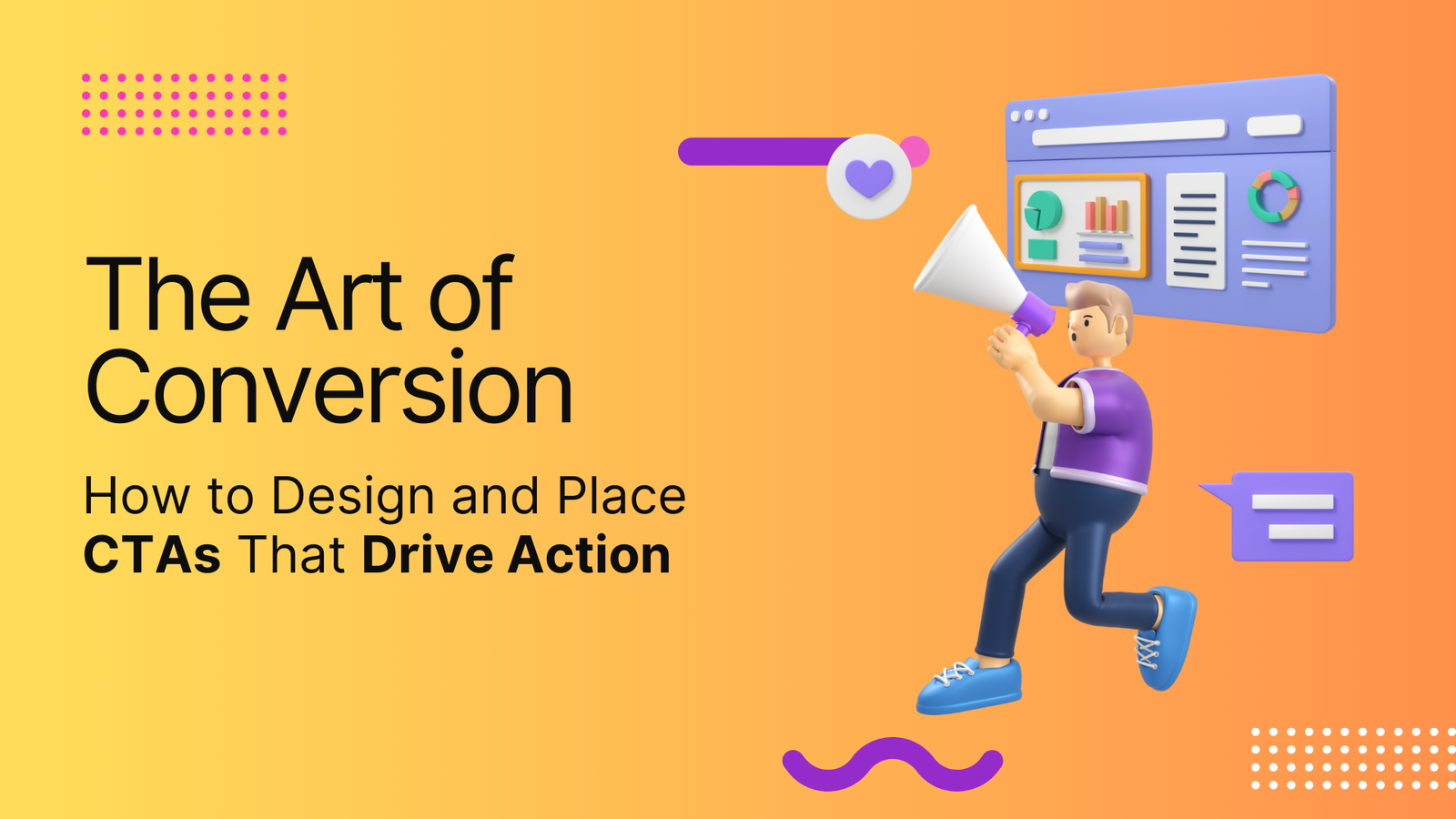
Introduction
In the world of digital marketing, your Call-to-Action (CTA) is the bridge between visitor interest and measurable results. Whether it’s signing up for a newsletter, downloading an ebook, or purchasing a product, your CTA’s design and placement can make or break conversions.
But what makes a CTA irresistible? And where should you place it for maximum impact? In this blog, we’ll uncover the secrets to crafting effective CTAs and optimizing their placement to skyrocket your conversion rates.
What is a CTA?
A Call-to-Action (CTA) is a prompt that encourages your website visitors to take a specific action, such as “Sign Up,” “Download Now,” or “Book a Demo.” It acts as a guide, leading users toward your desired goal while driving engagement and conversions.
1. Why CTAs Matter
A compelling CTA is more than just a button or link—it’s a persuasive invitation to act.
- Purpose: CTAs guide users toward a specific goal, whether it’s learning more, subscribing, or making a purchase.
- Impact: Studies show that well-designed CTAs can boost conversions by up to 80%.
2. Elements of an Effective CTA Design
To create a CTA that converts, focus on these design elements:
- Clear and Action-Oriented Text
Use concise, action-driven phrases like “Get Started Now,” “Download Your Free Guide,” or “Claim Your Discount.”- Pro Tip: Highlight urgency with words like “Today,” “Limited Offer,” or “Exclusive.”
- Contrasting Colors
Make your CTA stand out by using colors that contrast with your page’s background while aligning with your brand. For example, orange and green are known for their high conversion potential. - Readable Fonts
Choose bold, legible fonts that grab attention without overwhelming the design. - White Space
Surround your CTA with ample white space to draw the user’s eye and make it the focal point. - Visual Cues
Use directional cues like arrows, icons, or images that naturally guide the visitor’s gaze to the CTA.
3. Where to Place Your CTAs for Maximum Impact
Placement plays a critical role in whether your CTAs get noticed or ignored. Here are the best strategies:
- Above the Fold
Place a primary CTA prominently where visitors don’t have to scroll. This is ideal for actions that don’t require much explanation, like “Sign Up for Free.” - Within the Content
Embed CTAs naturally within your content, such as in the middle of a blog post or between sections on a landing page. These placements work well for nurturing users as they consume information. - At the Bottom of the Page
Include a CTA at the end of the page for visitors who have read all the way through and are ready to act. - Exit-Intent Popups
Use exit-intent popups with CTAs like “Wait! Don’t Miss Our Free Trial!” to capture attention before users leave. - Sticky Buttons
Add sticky or floating CTAs that remain visible as users scroll, ensuring they’re always within reach.
4. Testing Your CTA Designs and Placements
Even the most well-crafted CTAs benefit from testing.
- A/B Testing
Experiment with different colors, text, and placements to see what resonates best with your audience.- Example: Test “Learn More” vs. “Get Started Now” to identify the higher-converting option.
- Heatmaps
Use tools like Hotjar or Crazy Egg to analyze where users click most on your page, ensuring CTAs are strategically placed. - Metrics to Track
Monitor click-through rates (CTR), bounce rates, and conversions to measure CTA effectiveness.
5. Common CTA Mistakes to Avoid
Avoid these pitfalls to keep your CTAs effective:
- Being Too Generic: Replace vague text like “Click Here” with specific, benefit-focused wording.
- Overcrowding: Too many CTAs on a single page can overwhelm users and dilute focus.
- Poor Visibility: Ensure your CTAs don’t blend into the background or get buried in cluttered designs.
- Ignoring Mobile Optimization: Make sure CTAs are easy to tap and interact with on mobile devices.
6. Real-World Examples of High-Converting CTAs
Some examples of successful CTAs:
- Dropbox: Simple yet effective with “Sign Up for Free” above the fold.
- Netflix: Bold and clear with “Join Free for a Month” paired with a benefit-driven subheading.
- HubSpot: Interactive CTAs like “Get Your Free CRM” combined with contrasting colors and whitespace.
7. How Sitelifter Can Help Optimize Your CTAs
At Sitelifter, we specialize in helping businesses craft CTAs that convert. Our AI-driven insights:
- Analyze your CTA performance and suggest improvements.
- Recommend optimal placement based on user behavior.
- Provide A/B testing suggestions to maximize results.
Conclusion
Your CTA is more than just a button—it’s the gateway to conversions. By focusing on thoughtful design, strategic placement, and continuous testing, you can turn a simple CTA into a powerful driver of action.
Ready to make your CTAs work harder for you? Start implementing these tips today and watch your conversions soar!






